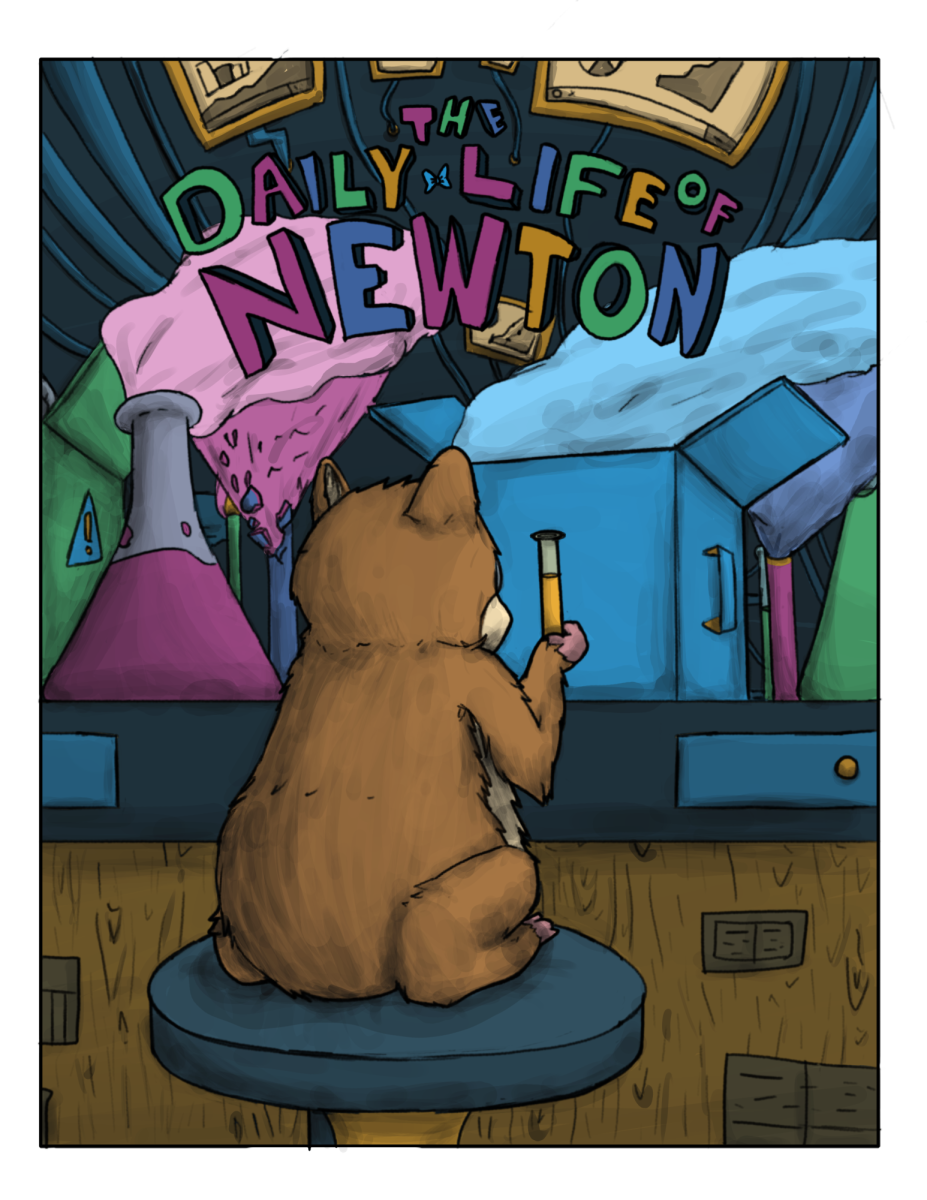First it was the Nalgene bottle ready to be covered in stickers. Then, the Yetis, with their minimalistic design. Shortly after came the Hydroflasks, covered in dents and scrapes within their first month of usage. Now, it’s the Stanleys with their all-too-familiar straw and handle design. Even as you read this article, a new water bottle trend threatens to take over: the Owalas, coming in soothing, solid colors and equipped with two drinking options—straw or sip. But these trends are not just limited to water bottles; they invade every corner of the United States’ consumer market, encouraging people to buy and buy and then buy some more. In fact, according to the University of Alabama at Birmingham, people purchase 400% more clothing today than our parents did 20 years ago. This cycle of overconsumption contributes to the depreciation of society in many ways, such as creating wastage, encouraging financial immaturity, and harming the environment, making it clear that consumer culture has gone too far and must be stopped.
Overconsumption has been a common theme of American life since the 1920s, when consumerism really started to dominate mainstream culture, and it has only grown since then. Overconsumption saw a major shift with the birth of Instagram, TikTok, and other social media apps, which have created a new subgroup of celebrities—the Influencers. Aptly named, the main goal of an influencer is to influence—they convince their fans to buy products, many of which have little value. What many of their followers don’t realize is that these influencers are being endorsed to promote products, leading to biased reviews in favor of often unnecessary goods. And because they receive products for free or are paid to promote them, influencers are safe from the financial damage inflicted on many of their followers. Their presence is therefore dangerous, because they exist solely to convince consumers to buy products they don’t need, wasting money and encouraging risky spending habits. Not only this, but the relatively recent explosion of influencers has also given rise to accelerating trend cycles, where new fads are born in a matter of minutes and die out just as quickly, leaving consumers with out-of-date clothing and wasted money, further damaging their bank accounts. However, the blame here cannot be just attributed to influencers, as they are merely the vessels through which companies targeting the general public make some profit.
While fast fashion has been around for ages, companies like Temu, Shein, and AliExpress are recent developments. These companies in particular use extreme labor practices, widely suspected of employing child labor and subjecting their employees to terrible working conditions(workers averaged around 75 hours a week, according to Time Magazine, nearly double the standard amount in America) while also severely underpaying them. These cost-cutting strategies enable them to push out anything the consumer could want, offering millions of new items as soon as the trend cycle shifts—and at almost impossibly low prices, cementing them as go-to stores for a wide variety of American people. The widespread demand for such cheap goods encourages these brands to perpetuate these dangerous employment practices, directly affecting the lives of workers around the globe in order to keep prices low. But labor exploitation is found even beyond these low-cost examples; even established companies like Nike, Apple, and Nestlé have all been found guilty of using child labor in the past. And although these companies don’t charge excessively low prices, they appeal to consumers in different ways, using their brand status, celebrity endorsements, and in-your-face marketing strategies to encourage customers to buy, buy, buy, further worsening the current consumption crisis.
All of this has contributed to a deepening of consumer culture within the U.S. that bodes poorly for the future. Americans are suffering financially, losing a whopping $7,400 a year by overspending, according to CNBC. These trend cycles make consumers prone to spending more and more, which affects their savings and lifestyle, decreasing their ability to live within their budget, pay off debt, and make important purchases like buying a car. It makes consumers financially immature, which portends poorly for their futures when they attempt to retire. And besides imposing financial burdens, overconsumption causes humanitarian repercussions as well; many US-based companies have grown increasingly reliant on using child labor to increase profit margins and decrease prices in order to capitalize off of the overconsumption craze, the impetus for which would not be as great in the absence of such skewed consumer culture. High overconsumption also signifies a growing wastage epidemic within America; in fact, Earth.org says that the average American throws away 81.5 pounds of clothing per year, and according to Washington State University, 200,000 tons of edible food per day. The majority of this wastage goes straight to landfills, and these growing garbage dumps come at a high cost to the environment, releasing toxins and microplastics into nature and harming soil and nearby animals. These excess environmental problems are especially concerning in modern times due to the prevalence of severe environmental issues like global warming, overfishing, and pollution.
On the whole, a shift in consumer culture has been long awaited, and is needed now more than ever. Although it is undeniably exciting to have the latest water bottle on the market or wear the trendiest clothes, Americans must usher in a new era of financial restraint and responsibility for the good of the world around them. It is up to the citizens of America to move beyond the current norm of overconsumption and instead set higher standards for themselves when it comes to spending.






































